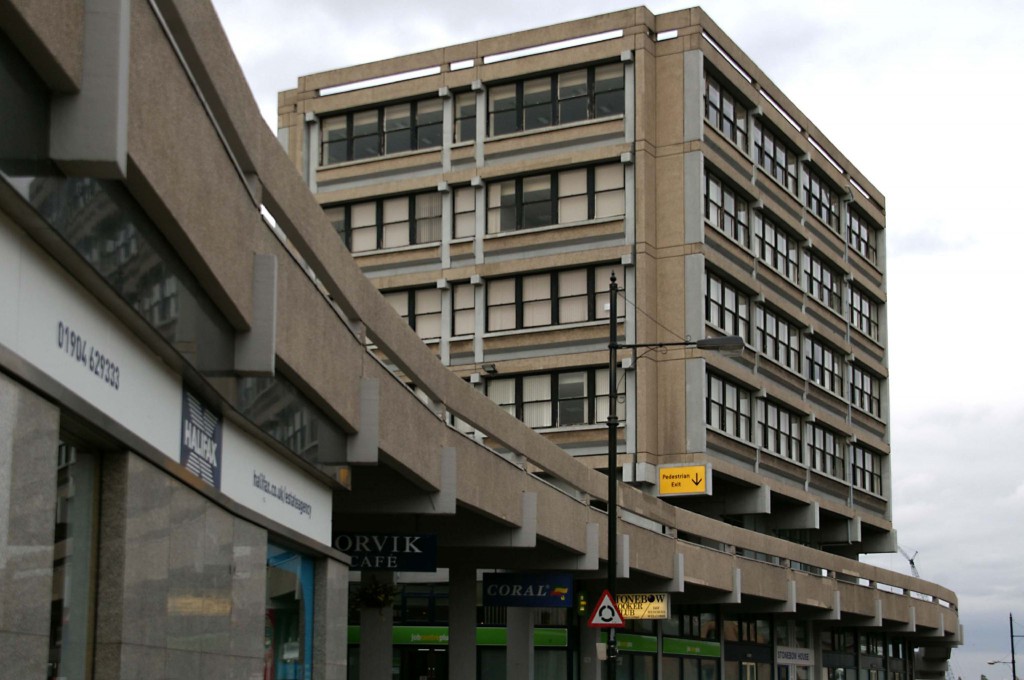The owners of a dog found to be dangerously out of control have been handed a five year dog ownership ban by York Magistrates today [15 March 2019].

City of York Council, in a joint operation with North Yorkshire Police, seized the dog on the 27 July 2018, to prevent continued aggression towards people and other animals.
Scott Berkley (aged 42, of no fixed abode) and Katie Bradley (aged 41 also of no fixed abode), owned the Staffordshire bull terrier. The dog was not micro chipped and would frequently escape their former home at Dale Street and attack smaller dogs.
One attack left a resident visiting hospital due to injuries received when they tried to intervene as their pet was attacked. Their Jack RussellxCorgi required surgery to save its hearing.
Mr Berkley and Ms Bradley were charged with an aggravated offence of owning a dog which was dangerously out of control and injured a person.
They had previously pleaded guilty to failing to microchip a dog. This is the first time that City of York Council has brought a case of failing to microchip a dog.
Today [15 March 2019], Mr Berkley and Ms Bradley pleaded guilty to the outstanding charge and were each issued a five year ban on owning a dog by York Magistrates. They were also ordered to pay the victim a total of £468.


